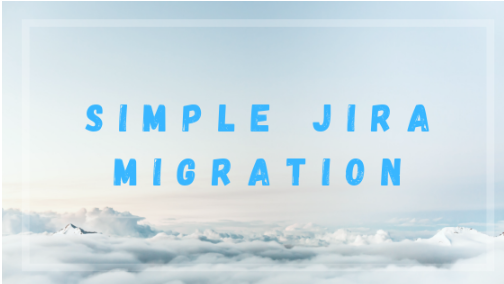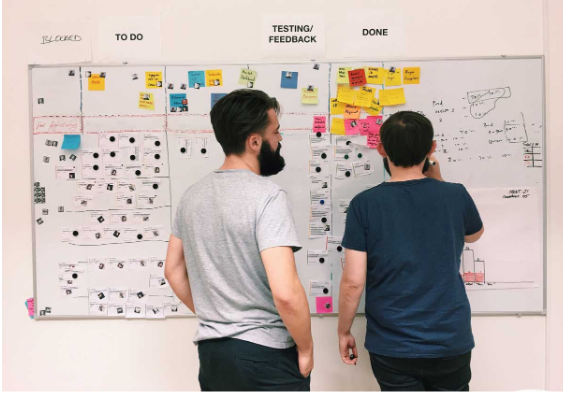The process of Jira migration can be simple, and here are 6 tips on how to do that, using Agile approach.

Development of IT projects without bug tracking system and project management is almost incredible. Today there are plenty of fee-based and free solutions for bug tracking on the market. For any company the software is very important, as it can influence directly on the company’s work. Many of softwares have different advantages and disadvantages, still they can fit perfectly for small companies. But if the company grows and the projects become large, the existing bug tracking system won’t be able to cope with such amount of work. In this case it’s time to think about migration to a new more functional system. Jira from Atlassian is excellent solution, as it will help your company manage both minor and ambitious projects. Of course, the process of migration always has plenty of risks. But it can be much simplified, and the next 6 tips can help you to do that:
1.The first thing you need is a PLAN

In the early stages think thoroughly about all the reasons of migration and plan the tasks Jira must cope with in your company. Think of all the Jira benefits and how to get a maximum profit from it. The main thing is that you don’t try to mirror the previous system, as there is a risk to go back to the old problems due to which you made the decision to change your software. Basically it’s necessary to plan not only objects migration (users, tickets, projects) but processes and workflows as well and it’s a great opportunity to review and improve them.
2.Think about integrational links and your existing infrastructure
Work with your company IT department to ensure Jira will have necessary links and will be well embedded into your current enterprise infrastructure (AD, ports, monitoring, backups, etc.).
3.While migration use an Agile approach

As migration takes time and nerves, implement new changes gradually, step by step. In this case, you can foresee many problems and quickly solve them, and certainly save much time in the future. We also advise you to start the migration process when you can afford some free time, as your work will be stopped.
4. Make all the transitioning changes for the team gradual

Jira migration process will inevitably catch your team off guard if it’s done too abrupt. Instead, do all changes incrementally. You’ll also be able to get feedback about the process and possible bugs from your team, so you can quickly repair anything and test it.
5. Do not remove the original instance immediately after the migration

Make sure that everything is working in a proper way and there are no bugs anymore. Moreover, wait at least six months after all bugs in the new system were fixed before archiving all the previous data.
6. Get a training session for your team – cultural changes

Your staff need to learn how to work in Jira so that they could use it correctly as soon as possible. That’s why all your team members strongly need a live or video Jira training. It’s better to schedule it a week or two before all the Jira migration processes will be over and people will be ready to work. It’s well known that Jira user interface can be too difficult to understand fast for non-IT teams, and we recommend to pay as much attention as possible at it.
The process of migration will be smarter when it is live, and it also will take the least amount of time. Another big step of smart migration approach is using Agile method – that means you should do the process step by step. The gradual migration will also allow your team to get used to Jira and to know their opinion. Plus, a training session will also let your team feel comfortable with Jira and learn how to work with it proficiently. Keep in mind that it’s actual for only a small amount of data. But in case there are more data and complicated logic, many users, then you need some help of Atlassian Experts. Turn to Polontech and we’ll get your back covered.












